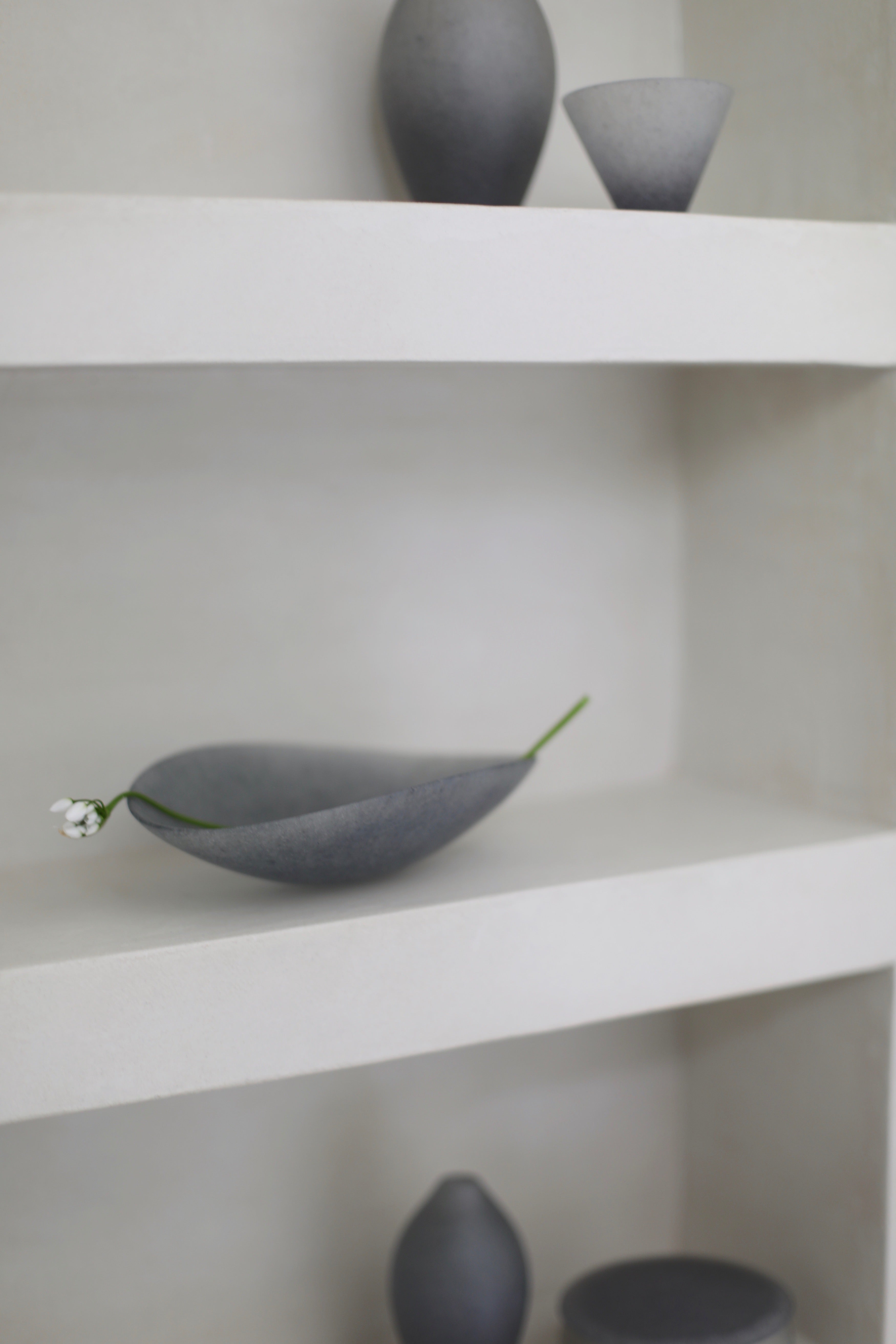What is the meaning of Wabi-Sabi?
The concept of Wabi-Sabi is one of the many philosophies to emerge from Japanese culture and enrich the lives of people across the world. Wabi-Sabi originated in Zen Buddhism and is founded on the belief that everything, even objects, are impermanent, incomplete, and imperfect. For many, Wabi-Sabi is indescribable, its presence so ingrained in Japanese culture that its definition is unnecessary. The origins of the term can be found in the words Wabi – the beauty of simplicity and Sabi – the passing of time and subsequent deterioration.
Japanese tea ceremonies and Wabi-Sabi
The Japanese tea-ceremony is an important element in the formation of the Wabi-Sabi ideal during the 15thCentury. Sen no Rikyū revolutionised the tea ceremony from a culture that worshipped wealth to a celebration of simplicity. The generations of Japanese tea-masters that followed him prized Japanese tea bowls with irregular forms and uneven glazing, as these ‘flaws’ and ‘mistakes’ are markers of authenticity in handmade design.
Wabi-Sabi vs contemporary aesthetics
Wabi-Sabi design stands in opposition to the contemporary widespread obsession with perfection. The change in perspective prompted by Wabi-Sabi design is one of gratitude: for what we have and the way that things are. Wabi-Sabi can be found everywhere, in everything that is honest, naturally pure and raw. Many of the pieces in our collection at Maud and Mabel express the notion of Wabi-Sabi.
Wabi-Sabi design at Maud and Mabel
Japanese ceramicist,
Yoko Ozawa explores the balance of perfection and imperfection in her breath-taking
‘Full-Moon’ Japanese teapots. The body of the teapot is almost perfectly spherical, juxtaposing its intriguing surface texture. This texture is created with sporadic application of a glaze made from yellow box ash, which rejects outright uniformity and ‘perfection’. The resulting Japanese ceramic teapots are each completely unique and unrepeatable, resonating with the notion of Wabi-Sabi - that the beauty of the natural world cannot be replicated.

The textured surfaces of
Abigail Schama’s vessels reveal the imperfect and unexpected results of the human hand.
Abigail’s glazing emphasizes and celebrates the form’s particular traits and characteristics. The use of gold gilding bears a resemblance to
Kintsugi (‘to join with gold’), the Japanese practice of repairing broken pottery with precious metal lacquer dusted with gold. The mending transforms the fault lines into precious scars and the broken piece into both a physical representation, and a metaphor, of strength.

![]()
Wabi-Sabi is also significant to
Enriqueta Cepeda’s timeless sculptural forms and informs the simplicity and asymmetry that they display. Hand-built through pinching and coiling methods, her creations are both simple and asymmetrical. Enriqueta refrains from using glazes and instead embraces the natural colours of the clay, amplifying expressions by subjecting different parts of the surface to varying techniques; such as burnishing with a stone, polishing with organic beeswax post-firing, or scraping. Enriqueta’s interpretations of the ceramic practices of ancient cultures results in tactile, organic pieces which harmoniously balance the rough and the smooth.
Visit our gallery or
website to see many more wonderful examples of how our artists have incorporated the Wabi-Sabi design philosophy into their work.




